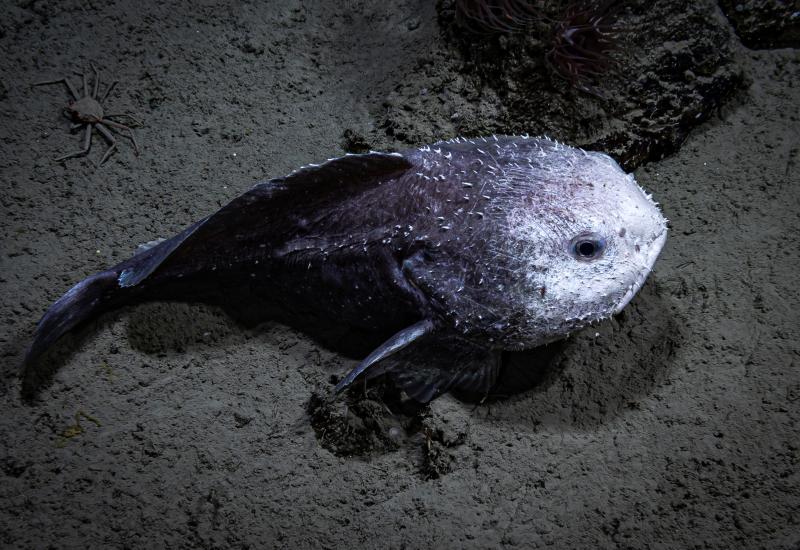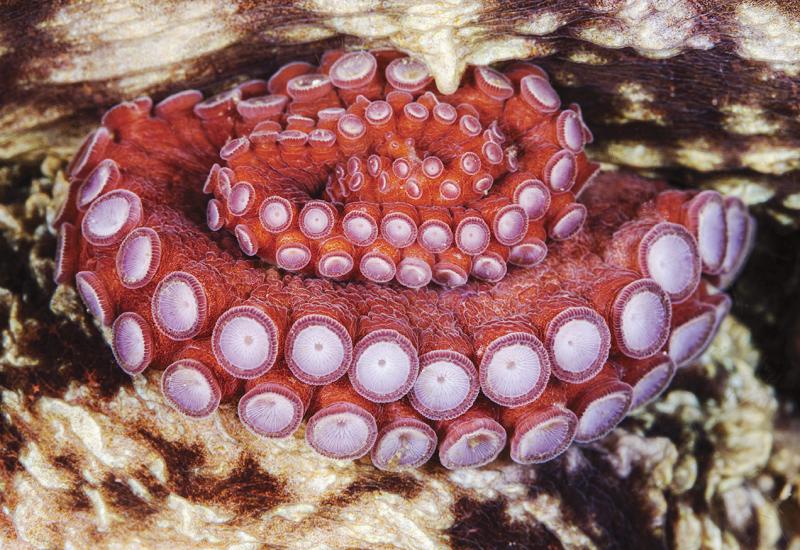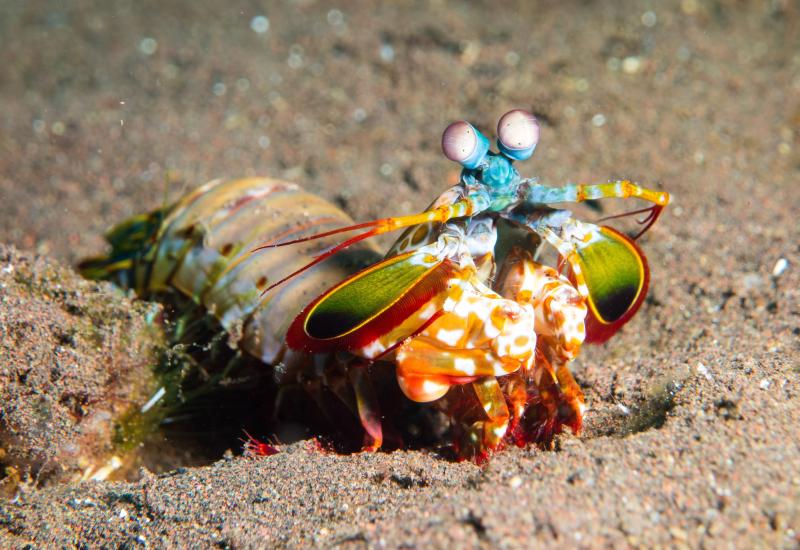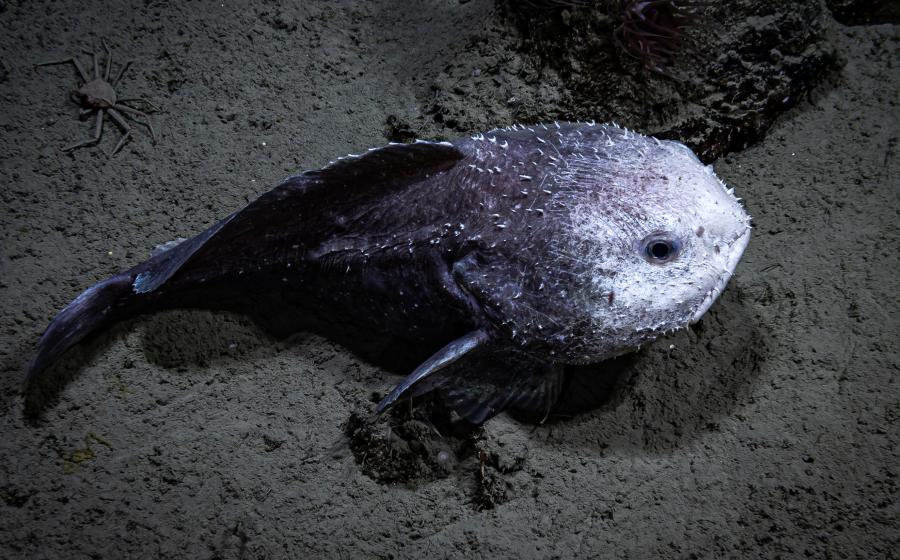The Rare Sightings Of Mola Molas

Mola Mola
Jeff Yonover/Tandemstock.com
Sightings of mola molas often happen seemingly at the whims of the sea. These pelagic travelers pop up in every ocean, and though the world’s largest bony fish can grow to the size of a sedan, they spend much of their lives in deep, open ocean, where they remain something of a mystery. These unusual fish are easily recognizable from their shape, like a massive flattened bullet with long fins jutting from the top and bottom. (The German name for these creatures is schwimmender kophf, which translates to swimming head, if that gives a better picture.)
These massive fish might look intimidating, but mola molas are actually quite docile, posing virtually no threat to divers. Mola molas feed primarily on jellyfish, though they’re known to nibble on squid, crustaceans, small fish and zooplankton as well. In lieu of teeth, a “beak” allows mola molas to crack into the hard-shell part of their diet.
Divers are most likely to encounter mola molas near the surface. The reason for this is that mola molas occasionally venture up from the depths to float on their sides, as if they’re basking in the sun, which earned them the nickname “ocean sunfish.” However, the actual reason for their midocean floats is something different entirely.
From afar, mola molas seem to sport an iridescent-silver color; up close, their skin is much less appealing, coated in mucus and infested with nearly 40 types of parasites. So the sunfish head to the surface in search of cleaning stations among shallow reefs or patches of kelp, where cleanerfish can pick them free of these annoying hitchhikers. However, some of the resident parasites are so persistent, the cleaner fish are not able to do the job. To combat these parasites, the mola molas float on their sides at the surface, allowing sea gulls to pick them clean of burrowing pests.
While mola molas have been spotted throughout the world’s oceans — from Southern California to the mid-Atlantic — there is one location where divers can reliably get in the water with them. Just of the coast of Bali, the small island Nusa Penida is ringed by coral-reef cleaning stations, and every year from July to November, ocean sunfish ride cold-water upwellings from the deep ocean and line up along the shallow reefs for their cleanings. During the season, sightings are so common that dive centers like Lembongan Dive Center (lembongandivecenter.com) offer Mola Mola Awareness courses so divers can learn more about these rare fish, and get a unique specialty certification as they dive.
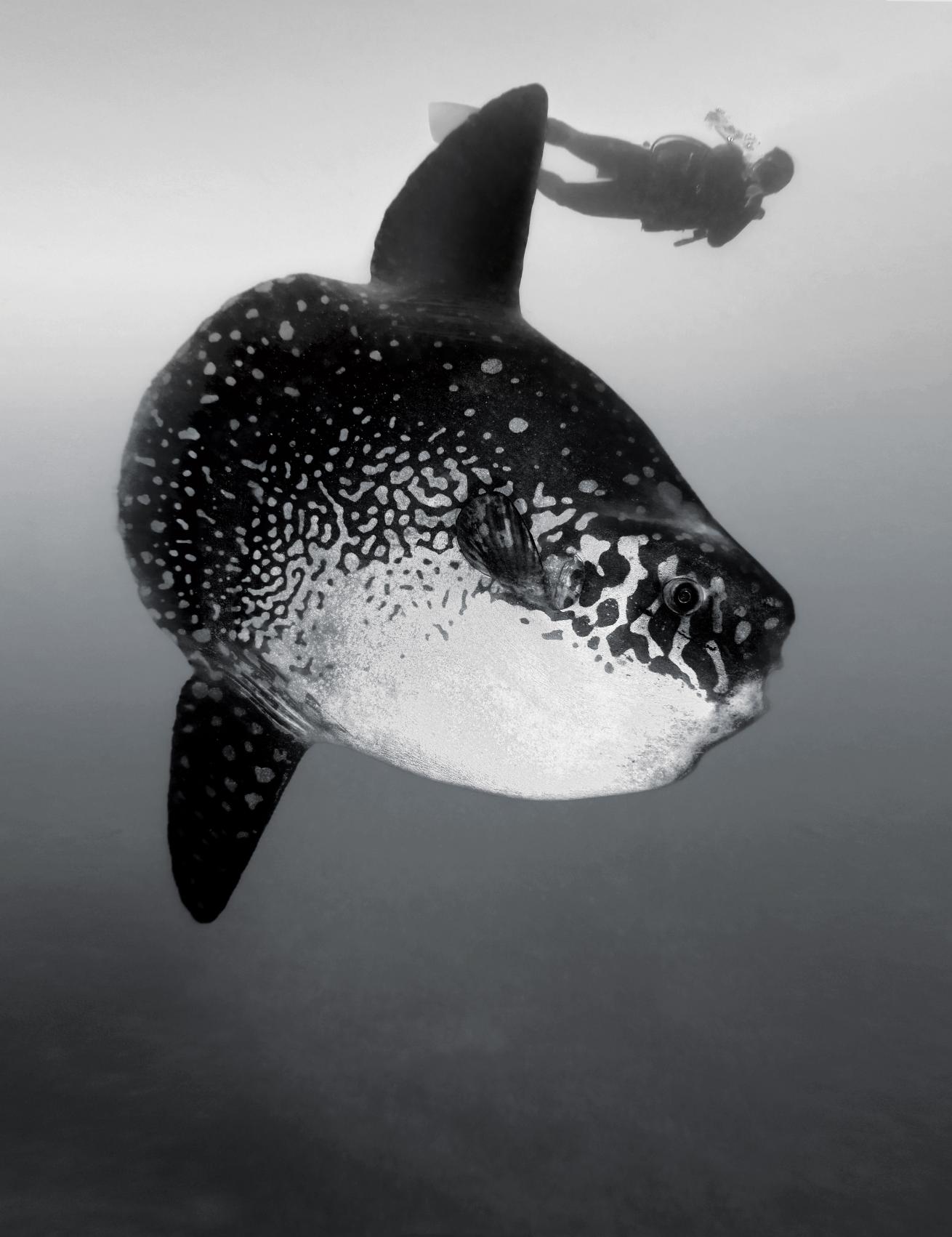
Jeff Yonover/Tandemstock.com
Sightings of mola molas often happen seemingly at the whims of the sea. These pelagic travelers pop up in every ocean, and though the world’s largest bony fish can grow to the size of a sedan, they spend much of their lives in deep, open ocean, where they remain something of a mystery. These unusual fish are easily recognizable from their shape, like a massive flattened bullet with long fins jutting from the top and bottom. (The German name for these creatures is schwimmender kophf, which translates to swimming head, if that gives a better picture.)
These massive fish might look intimidating, but mola molas are actually quite docile, posing virtually no threat to divers. Mola molas feed primarily on jellyfish, though they’re known to nibble on squid, crustaceans, small fish and zooplankton as well. In lieu of teeth, a “beak” allows mola molas to crack into the hard-shell part of their diet.
Divers are most likely to encounter mola molas near the surface. The reason for this is that mola molas occasionally venture up from the depths to float on their sides, as if they’re basking in the sun, which earned them the nickname “ocean sunfish.” However, the actual reason for their midocean floats is something different entirely.
From afar, mola molas seem to sport an iridescent-silver color; up close, their skin is much less appealing, coated in mucus and infested with nearly 40 types of parasites. So the sunfish head to the surface in search of cleaning stations among shallow reefs or patches of kelp, where cleanerfish can pick them free of these annoying hitchhikers. However, some of the resident parasites are so persistent, the cleaner fish are not able to do the job. To combat these parasites, the mola molas float on their sides at the surface, allowing sea gulls to pick them clean of burrowing pests.
While mola molas have been spotted throughout the world’s oceans — from Southern California to the mid-Atlantic — there is one location where divers can reliably get in the water with them. Just of the coast of Bali, the small island Nusa Penida is ringed by coral-reef cleaning stations, and every year from July to November, ocean sunfish ride cold-water upwellings from the deep ocean and line up along the shallow reefs for their cleanings. During the season, sightings are so common that dive centers like Lembongan Dive Center (lembongandivecenter.com) offer Mola Mola Awareness courses so divers can learn more about these rare fish, and get a unique specialty certification as they dive.

